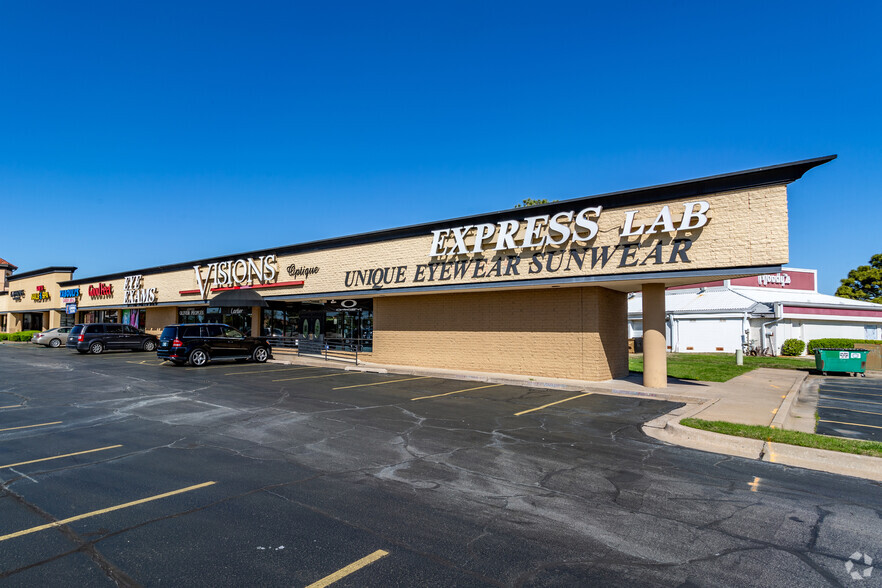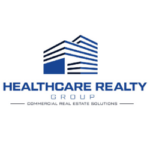
As a healthcare practitioner, you may be looking for new ways to expand your practice. While you may have considered leasing office space or building your own facility, you may want to consider investing in healthcare real estate. There are many different types of healthcare real estate investments to choose from, and each has its own benefits.
On-Campus Medical Facilities
On-campus medical facilities enable medical professionals to better meet the needs of their patients. Access to emergency care, referral systems for medical practices, extended care, and access to specialists on campus are all made available if needed. At a typical facility, there could be access to a surgery center, delivery center, radiation treatment facility and advanced diagnostic imaging capabilities. This allows patients to receive comprehensive care and treatment services in one location.
When renting a commercial space on a hospital campus, there are certain things to look out for to make sure that everything runs smoothly and efficiently. Make sure you understand any restrictions or usage limitations the land is subject to, as well as potential costs associated with facilities. Parking can also be a challenge, so do your research in advance to explore if you’ll need reserved parking or valet parking and any additional costs that come with those services.
Further, evaluate the ease of access and visibility of your facility within the area – it’s important to know how visible your location will be. Finally, ask who owns the building and what processes may need to be followed when signing an agreement, as most likely, it is owned by either the hospital or a third-party institution landlord. With these things in mind, you can find an ideal commercial location on a hospital campus to suit your needs.
Off-Campus Medical Facilities
Off-Campus Medical Facilities are an incredibly useful service for any community. Not only do they provide access points for patients who don’t want or need to commute to the hospital campus, but they also offer treatments and access to care that could be completed in an outpatient setting. These facilities boast amenities such as ample parking and easy accessibility for visitors.
Certain uses for these facilities (dialysis, imaging, radiation treatment, ambulatory surgery centers, etc.) require certain infrastructure that may or may not exist in certain buildings; however, with careful consideration of the particular needs of a facility and its patrons, it is possible to make off-campus medical facilities into incredibly useful services.
Retail
Medtail is a rising trend in the healthcare industry, as providers are increasingly seeking out former retail properties for their offices and clinics. They look for locations with high visibility and ample parking to attract consumer foot traffic. These properties can be used for a variety of medical services such as urgent care, freestanding ERs, primary care, dental and even cosmetic services.
It’s important to remember that some retail infrastructure is not built to accommodate medical uses, so it’s essential to know the ins and outs of the existing building’s infrastructure, such as electric sources, water/sewer lines, etc. Investing in retail property for your medical office or clinic may be a good option for those interested in brand building – it allows practitioners to bundle together products and services into what is essentially a wellness company with all the look and feel of consumer-oriented retailers.
General Offices
The intersection between medical real estate and traditional office commercial real estate is an important one. For health systems, there can often be a cost-effective advantage to leasing or owning commercial office properties, allowing their corporate teams to work outside of a clinic or hospital setting. This type of arrangement also provides other benefits, including access, visibility, ample parking and catered facilities for the applicable workforce.
The most important consideration when looking at general office LEEDS for medical use is the existing infrastructure – does it meet the needs of their function, from electricity to plumbing? As a real estate agent with experience in this area, I am adept at finding properties that are up to code for medical use and ensuring prospective tenants are comfortable with their options.





